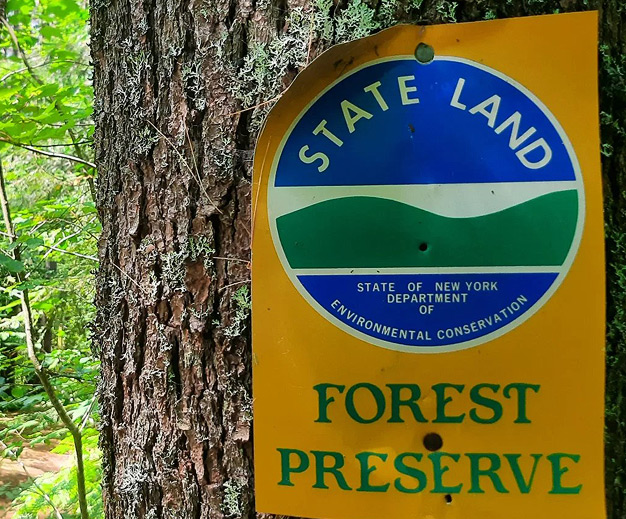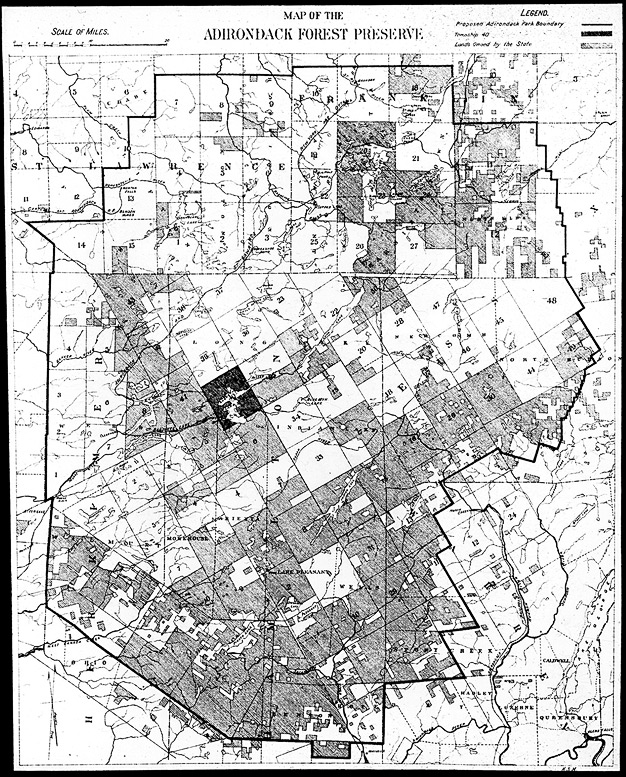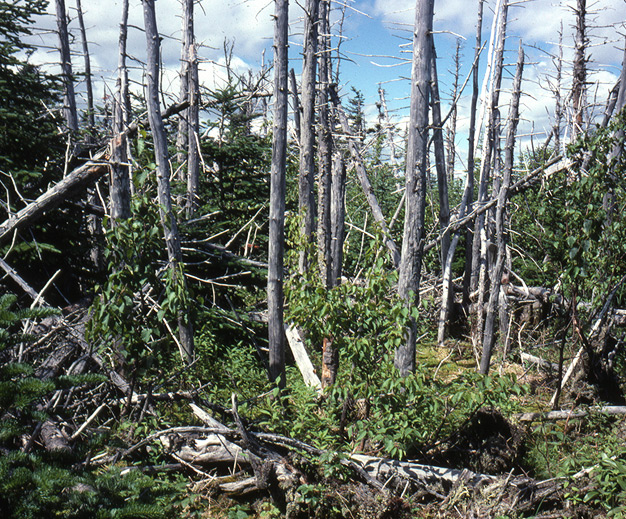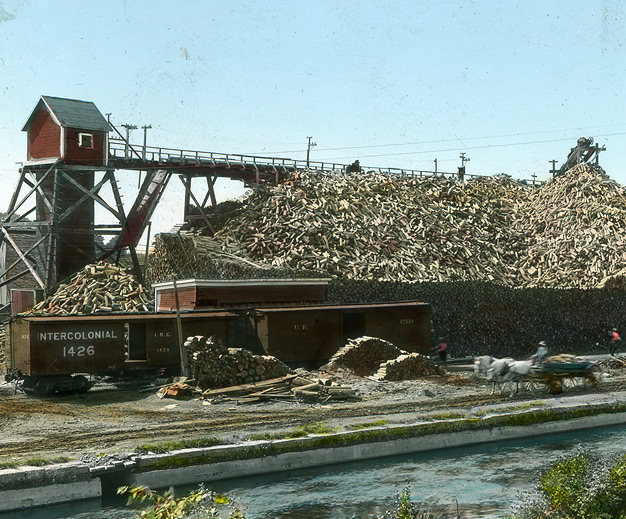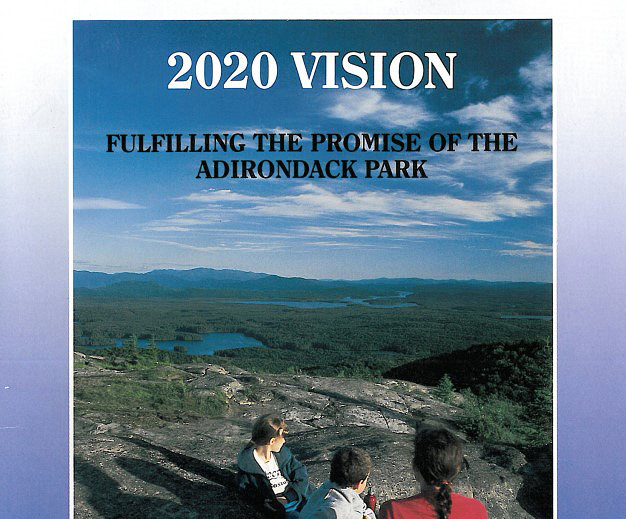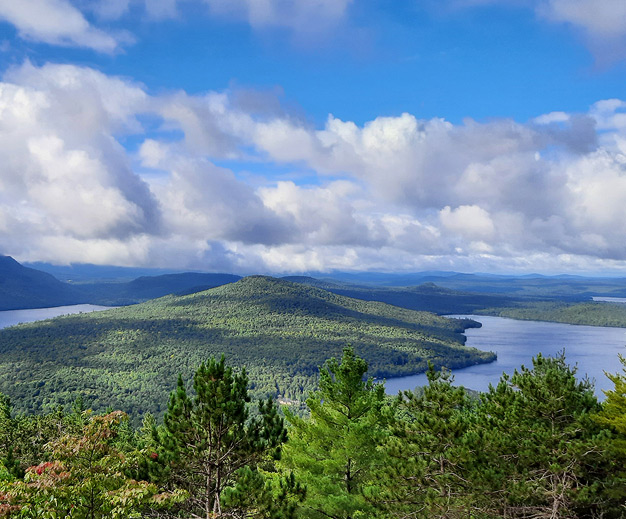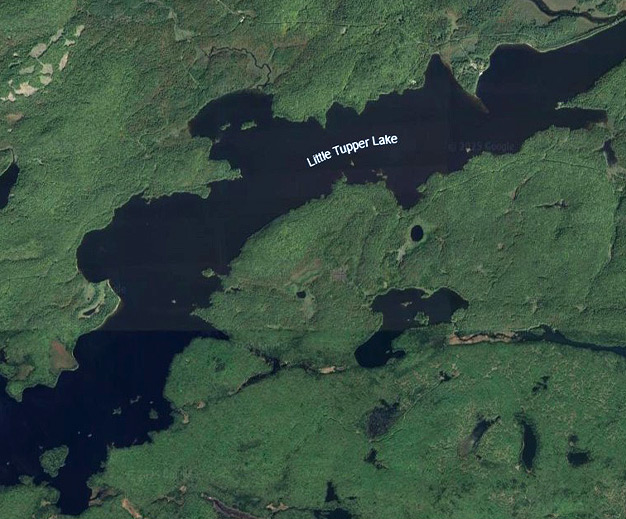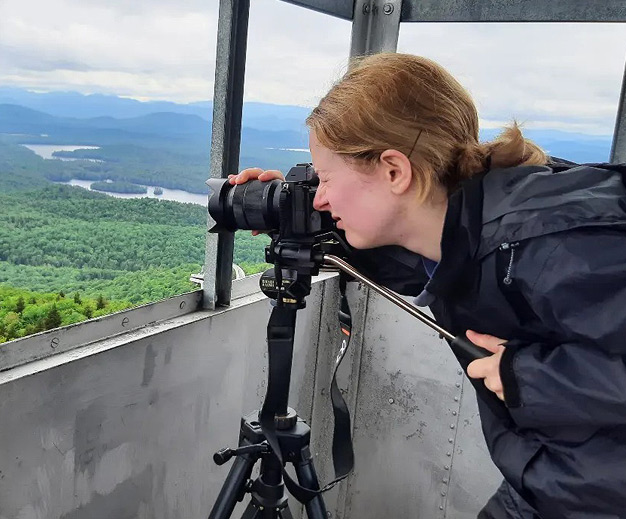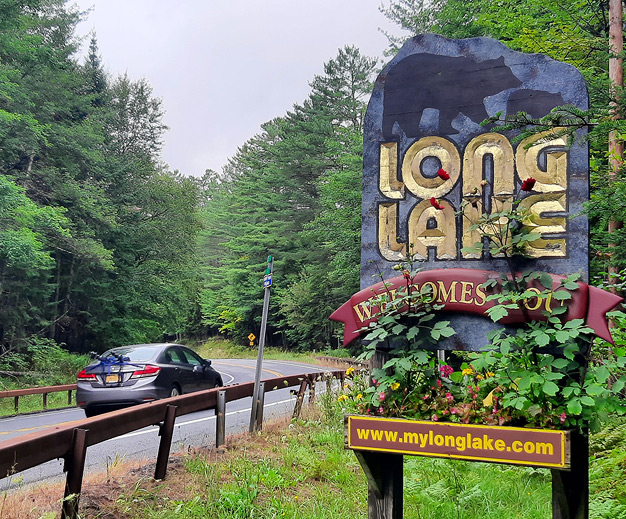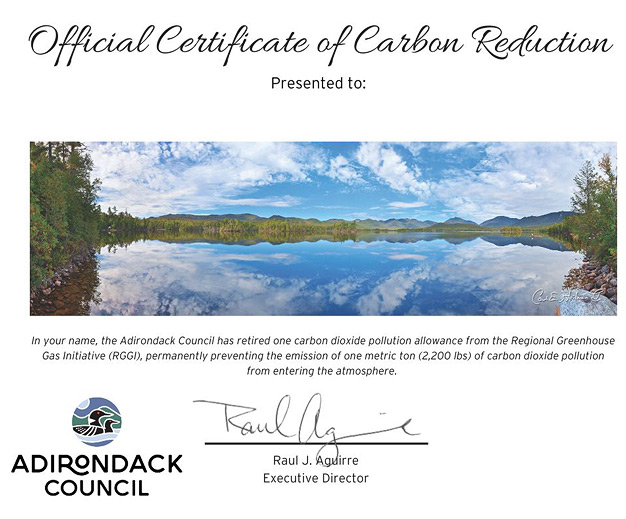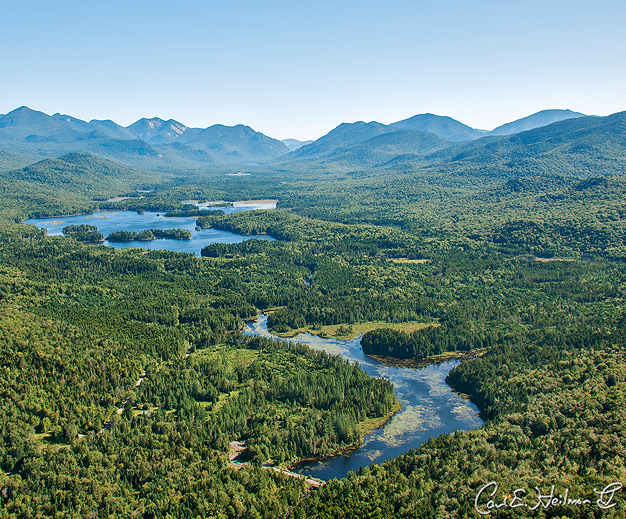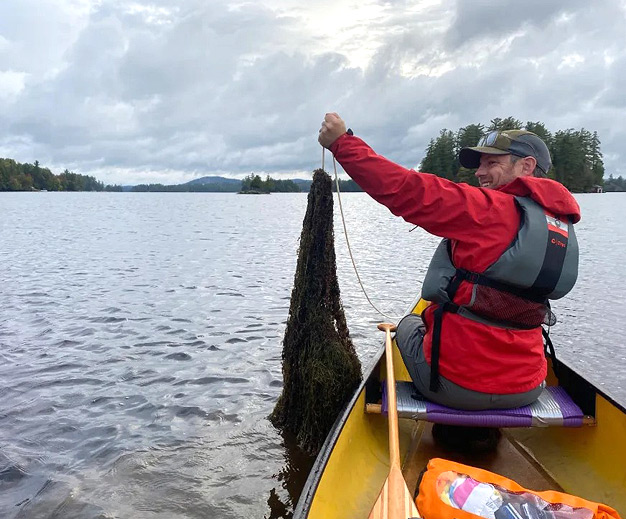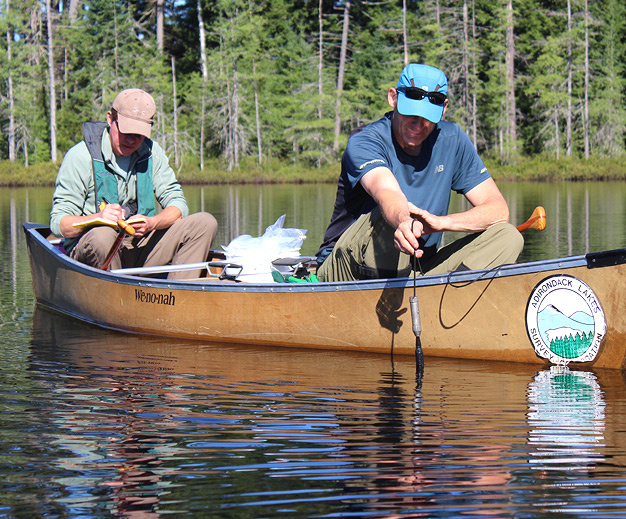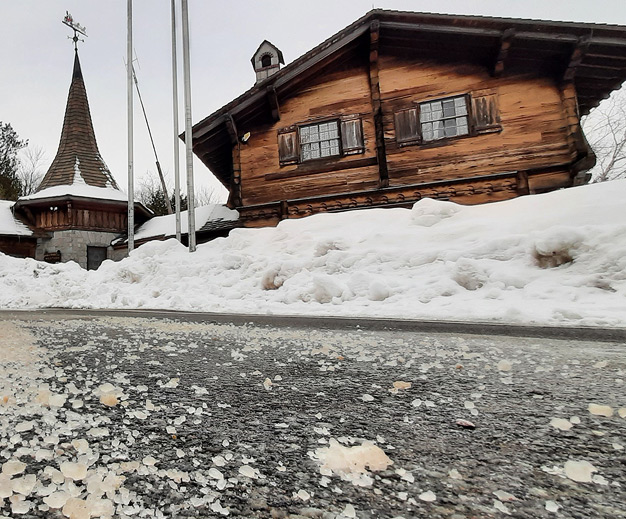Courtesy NYS Archives
Voters approve a new state Constitution that reinstates the repealed “forever wild” law as Article 7, Section 7, later renumbered to Article 14, Section 1. This forever prevents the Governor and Legislature from altering the Forest Preserve in any way without the consent of the state’s voters (via a Constitutional Amendment or Constitutional Convention).
Photo by Justin A. Levine
The New York State Legislature forms the Adirondack Park Agency (APA). The APA develops a plan to govern the management of state land in the Park (the Adirondack Park State Land Master Plan, published in 1972); and a second to govern private lands (the Private Land Use and Development Plan, published in 1973).
In order “to strengthen the impact of participating organizations,” a coalition of regional and national environmental organizations passionate about protecting the Adirondack Park unanimously agree on January 13, 1975, to continue their work as advocates for the region under the name Adirondack Council.
Photo by Gary Randorf
As it became evident in the 1970s that acid rain threatened to destroy Adirondack ecosystems, the Council built and sustained a national coalition to curb the air pollution that causes acid rain. The campaign helped shepherd New Yorks’s first-in-the-nation Acid Rain Law in 1984.
Photo courtesy NYS Archives
International timber companies with paper and lumber mills in New York move their industrial operations overseas and begin selling off their Adirondack lands. Diamond International sells 96,000 acres of Adirondack timberland to Atlanta real estate mogul Henry Lassiter for $177/acre because New York has no money to bid.
Before there was a New York State Open Space Conservation Plan, the Council outlined a vision for protecting more wild places across the Park. The four-volume 2020 VISION planning series was the first long-range plan for New York open space protection and the completion of the Adirondack Forest Preserve.
Photo by Justin A. Levine
The Adirondack Council works with members of the Legislature and the Governor to create a pay-as-you-go capital projects account for land purchases within the state budget that doesn’t require borrowing. Funded by a tax on major real estate transactions, the Environmental Protection Fund is born to fulfill the objectives of the Open Space Conservation Plan.
Photo by Justin A. Levine
The Clarence Petty Internship Program was formally established in 2002 in honor of founding director Clarence Petty to support young professionals pursuing careers in the environmental field. More than 80 graduate and undergraduate students have participated in the program.
Photo by Justin A. Levine
A Council property tax study revealed that Adirondack towns with only a few hundred taxpayers were supporting millions of dollars in state-awarded local property tax abatements for commercial timber harvesting operations. These programs were created to ensure an adequate timber supply during the early 20th Century. The current law does little to conserve forests, water quality or wildlife, and harms Adirondack communities.
The Council helped co-found the Adirondack Common Ground Alliance along with other Park residents as a non-partisan forum to advance a common Adirondack agenda in Albany.
New York state becomes a founding member of the Regional Greenhouse Gas Initiative (RGGI). RGGI is designed to reduce carbon dioxide emissions from power plants across the Northeast and mid-Atlantic states through a cap-and-invest trading system. The Council pushes for a program that allows anyone to participate in carbon allowance auctions, so citizens could reduce the regional cap by buying allowances and removing them from the market permanently.
Photo by Carl Heilmann
Boreas Ponds was the largest available waterbody remaining in the High Peaks region of the Park when the Council urged New York state to acquire it and classify it as wilderness. This made it possible for the state to consolidate several adjacent wilderness areas into the High Peaks Wilderness Complex of 275,460 acres. It is the second-largest wilderness east of the Mississippi River behind 1.3 million-acre Marjory Stoneman Douglas Wilderness in the Everglades National Park.
Photo by Blake Neumann
The Adirondack Council, in collaboration with a diverse group of Adirondack Common Ground Alliance stakeholders, successfully advocated for the New York State Aquatic Invasive Species Transport Law. This law aims to prevent the spread of invasive species by requiring boaters to clean, drain, and dry their watercraft before launching or retrieving them in New York waters.
Photo by Justin A. Levine
The Council co-created and secured state funding for the multi-year Survey of Climate and Adirondack Lake Ecosystems (SCALE) in 2022, 2023, and 2024. The data collected through SCALE will help us better understand how freshwater lakes are impacted by climate change, and how the Council, lawmakers, land managers and scientists can better plan to protect them from climate change impact.
Photo by Justin A. Levine
For decades, the Council has sounded the alarm on the dangers of road salt for natural systems and people. In 2009, the Council published a special report on road salt, Low Sodium Diet: Curbing New York’s Appetite for Damaging Road Salt. The Council collaborated with state legislators and partners to draft and advance the Randy Preston Road Salt Reduction Act, which, in 2020, established the Adirondack Road Salt Reduction Task Force and a pilot program for reducing road salt application while maintaining road safety. In 2024, the Council and a coalition of partners pushed for a statewide road salt reduction council and advisory committee to make progress on the Adirondack Road Salt Task Force Report recommendations.

